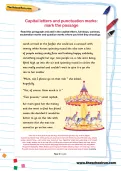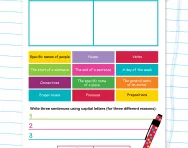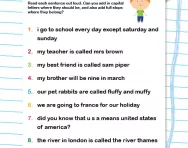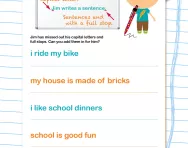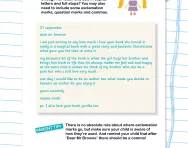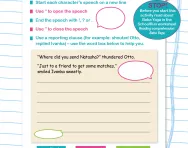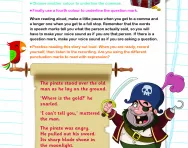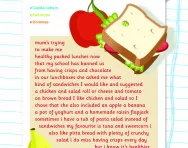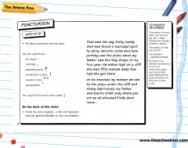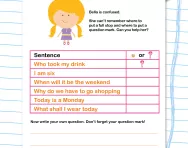Important update from TheSchoolRun
For the past 13 years, TheSchoolRun has been run by a small team of mums working from home, dedicated to providing quality educational resources to primary school parents. Unfortunately, rising supplier costs and falling revenue have made it impossible for us to continue operating, and we’ve had to make the difficult decision to close. The good news: We’ve arranged for another educational provider to take over many of our resources. These will be hosted on a new portal, where the content will be updated and expanded to support your child’s learning.
What this means for subscribers:
- Your subscription is still active, and for now, you can keep using the website as normal — just log in with your usual details to access all our articles and resources*.
- In a few months, all resources will move to the new portal. You’ll continue to have access there until your subscription ends. We’ll send you full details nearer the time.
- As a thank you for your support, we’ll also be sending you 16 primary school eBooks (worth £108.84) to download and keep.
A few changes to be aware of:
- The Learning Journey weekly email has ended, but your child’s plan will still be updated on your dashboard each Monday. Just log in to see the recommended worksheets.
- The 11+ weekly emails have now ended. We sent you all the remaining emails in the series at the end of March — please check your inbox (and spam folder) if you haven’t seen them. You can also follow the full programme here: 11+ Learning Journey.
If you have any questions, please contact us at [email protected]. Thank you for being part of our journey it’s been a privilege to support your family’s learning.
*If you need to reset your password, it will still work as usual. Please check your spam folder if the reset email doesn’t appear in your inbox.
Capital letters and punctuation marks: mark the passage
Read this paragraph and add in the capital letters, full stops, commas, exclamation marks and question marks where you think they should go
What punctuation should a Year 2 child know?
According to the National Curriculum for England, by the end of Year 2, children should be able to use the following punctuation marks correctly:
Full stops
Used at the end of a sentence to indicate that the sentence has finished.
- Example: The dog is sleeping.
Capital letters
Used at the beginning of sentences and for proper nouns (names of people, places, days of the week, etc.).
- Example: Sarah went to the park on Saturday.
Question marks
Used at the end of a sentence that asks a question.
- Example: What is your name?
Exclamation marks
Used to indicate strong feelings or high volume (shouting).
- Example: Look out!
Commas
Used to separate items in a list.
- Example: I like apples, oranges, grapes and bananas.
Apostrophes
Used to indicate possession (showing that something belongs to someone) and in contractions (showing where letters have been omitted in a shortened form of a word).
- Example (possession): This is Jack's hat.
- Example (contraction): Don't touch that. (contraction of do not)
How will this printable punctuation worksheet help your Year 2 child?
This enjoyable activity was created by an experienced educator with the purpose of helping your Year 2 child put their learning into practice. They will need to read the passage and figure out where to place the capital letters and punctuation marks.
For more help with primary school grammar, check out our hub page, or try a new challenge such as our Forming the superlative worksheet.
